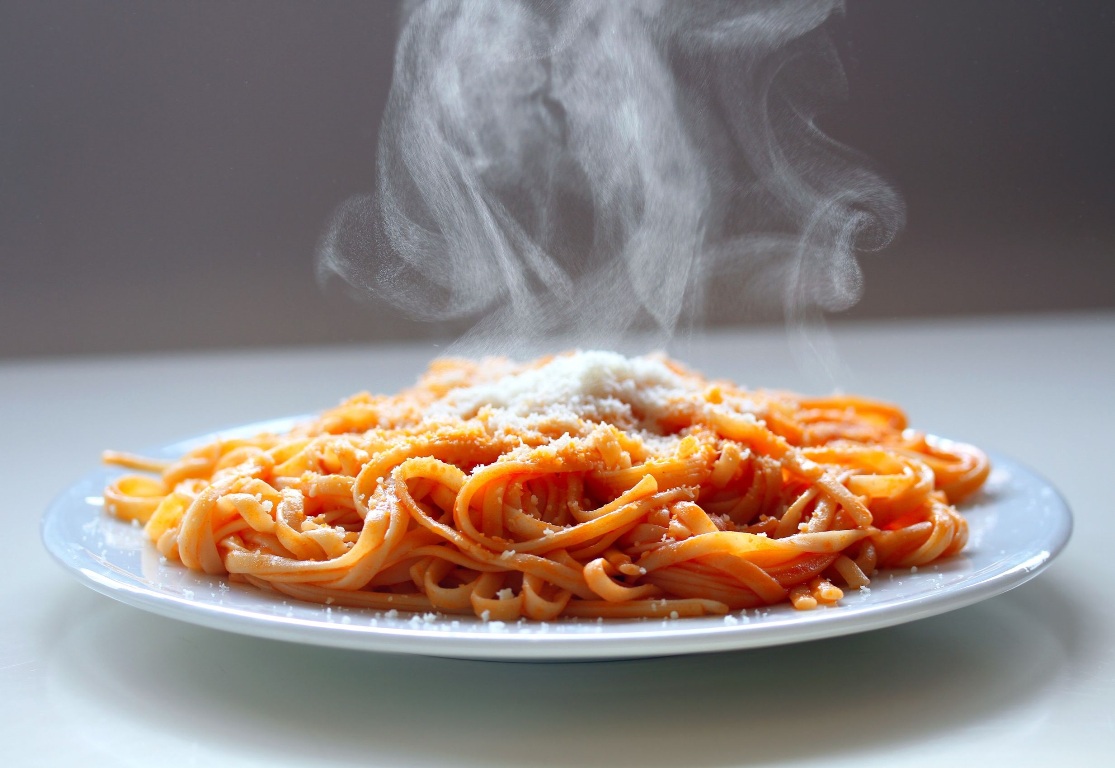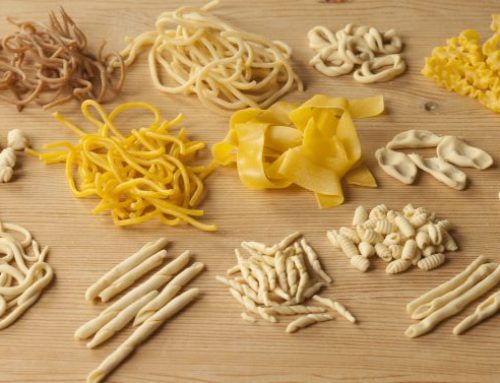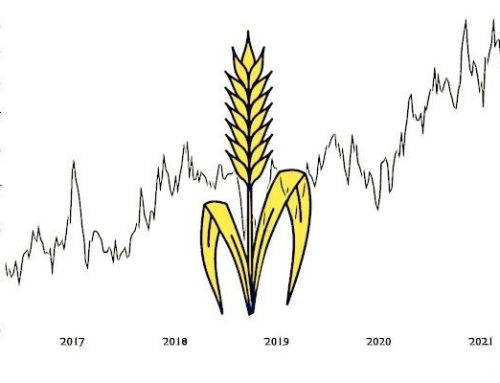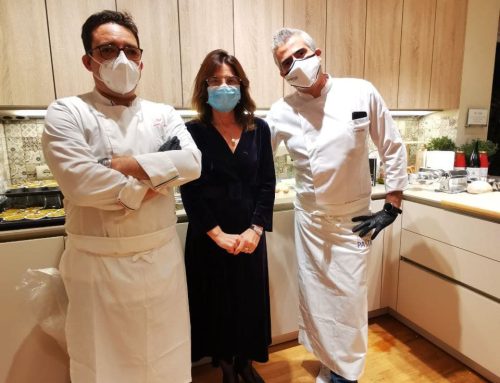
Pay attention, there is no longer the smell of wheat coming out of the pot while the pasta is boiling; the more rubber, the more our palates are satisfied, because the important thing is the cooking resistance, which is equivalent to an excessive use of gluten in the product. The high drying temperature changes the nutritional values, reducing production times, while the low temperature keeps the product stable; the latter is one of the many reasons why artisanal pasta costs more. Last but not least, the many pesticides that are now present in the product give precisely that sense of hardness to the pasta. But, then, I ask you: what does it mean, for you, to eat pasta? And I also ask the many chefs who, in order to handle pasta successfully, need an “easy” product. Let’s take back the taste of pasta of the past, let’s enjoy the flavor of wheat, the pleasure of eating a product that truly tastes like pasta. The rubber, let us let it be used by those who would harmfully want to erase many years of traditions. Our health will thank us!






Leave A Comment